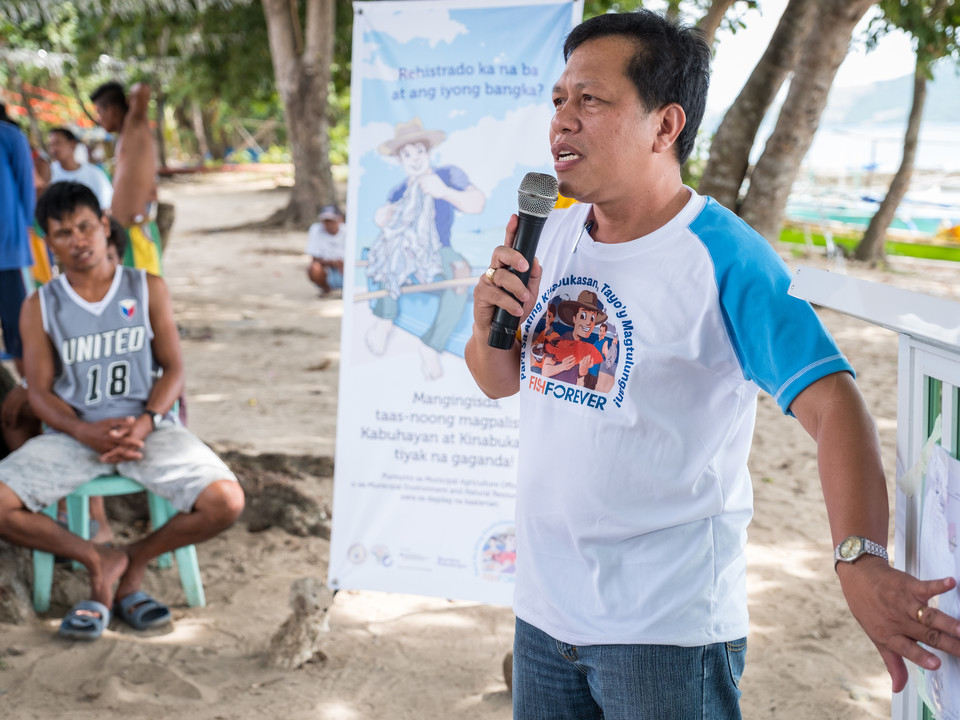Information on current farm practices are gathered in cooperation with relevant institutions, in particular the province`s aquaculture research station and the private sector. Shortcomings of current techniques as well as areas for improvement are identified. At trial farms, these are addressed through the optimization and adaptation of Best Management Practices. These practices promote income diversification and improved aquaculture farm management through optimized species composition, stock density, water management, nursing and mangrove conservation.
The Best Management Practices are regularly adapted to address arising issues and new challenges as well as respond to market requirements.
Involvement of the nearby Aquaculture Research Station proved to be of great advantage due to their experience and technical knowledge. Farmers from the community were involved in model trials, which then led to greater interest by other farmers to become involved. At least one year of trials is necessary to develop successful Best Management Practices which are then tested and thereafter regularly updated. .
